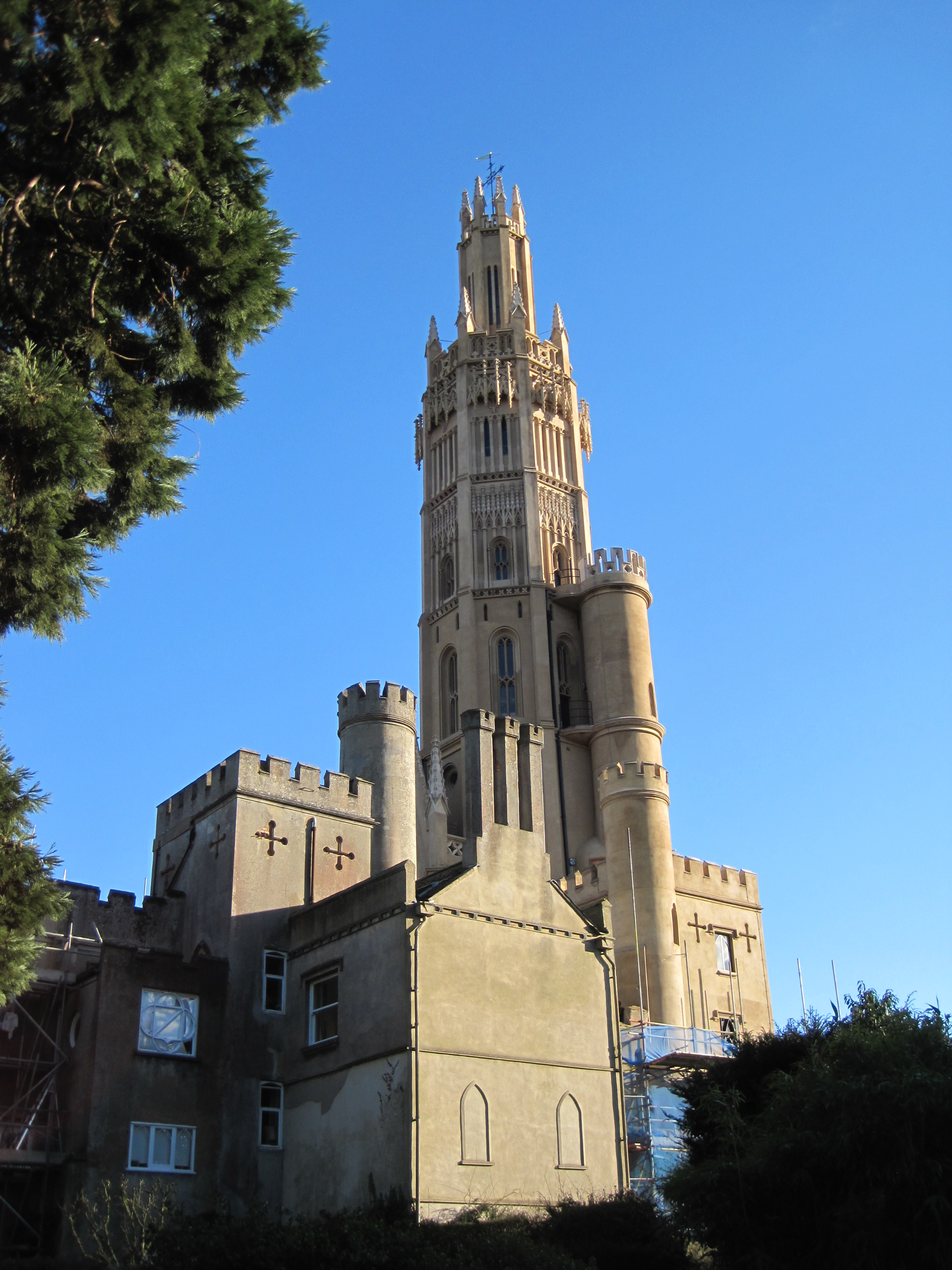From CNBC:
Italy is giving away more than 100 historic castles, farmhouses and monasteries for free in an effort to breathe new life into its disused public buildings.The first thing to look for in your new castle are crenels.
Under a new scheme unveiled by the country's government run State Property Agency, 103 ancient buildings will be up for grabs to entrepreneurs who promise to transform the locations into tourist destinations.
The disused properties are situated along eight historic routes running the breadth of the country and the nearby islands of Sicily and Sardinia. It is hoped that the initiative will create a series of new facilities for the hundreds of hikers, cyclists and pilgrims who use the routes each year.
"The project will promote and support the development of the slow tourism sector," Roberto Reggi from the State Property Agency told The Local Italy. "The goal is for private and public buildings which are no longer used to be transformed into facilities for pilgrims, hikers, tourists, and cyclists."
The scheme, which is backed by Italy's Ministry of Tourism, calls on applicants to submit a proposal outlining how they intend to transform their preferred building into a tourist attraction. Specific preference will be given to those aged under 40.
Successful applications will then be awarded rights to the property for nine years, with the option to extend for an additional nine years.
The deadline for applications is June 26 and work will be expected to commence next summer....MORE, including application information
This building in County Wicklow from March 2017's "You Can Either Buy A Round of Guinness For Four Million Of Your Pals Or You Can Buy A Guinness 'Castle' and 5000 Acres", despite obviously not being a real castle (note garden level windows allowing too-easy access to wannabe pillagers, has its value enhanced by crenelated battlements:

The 5000 acres probably bump the price a bit as well.
We made the same points regarding another Irish place, Lismore Castle:
Despite the crenelated battlements, and although the central keep looks real enough, the windows set into what should be curtainwall give away the fact that this is less castle and more comfy house.The next thing to pay attention to is verticality.
This is what happens when upstarts like the Cavendish clan get their hands on stuff. (just kidding Your Grace)
This is from last June's "For Sale: English Tower That Rich Guy Built to Imprison Wife":

Again. not a true castle but as noted at the time:
And a fine tower it is.The linked pictures lead to our third consideration, your spiral stairs. From the (maybe) adulterous wife tower above:
Very vertical.
The first thing you notice is the spiral is correct.
Your men-at-arms retreating from the attackers will have their right hand free to thrust, parry and chop while the swing of the interlopers is impeded by the outer wall.
However:
On newel-post spiral stairs the tactics are different:
Anyhoo, here's a snappy little (62 page) monograph from the Castle Studies Group Journal, no. 25 that says this may all be moot:
The Rise of the Anti-clockwise Newel Stair
Abstract:Moving on to a couple of the Italian offerings.
The traditional castle story dictates that all winding, newel, turnpike or spiral staircases in medieval great towers, keep-gatehouses, tower houses and mural wall towers ascended clockwise. This orthodoxy has it that it offered a real functional military advantage to the defender; a persistent theory that those defending the stair from above had the greatest space in which to use their right-handed sword arm. Conversely, attackers mounting an upward assault in a clockwise or right-handed stair rotation would not have unfettered use of their weaponry or have good visibility of their intended victim, as their right sword hand would be too close to the central newel.
Whilst there may be other good reasons for clockwise (CW) stairs, the oft-repeated thesis sup-porting a military determinism for clockwise stairs is here challenged. The paper presents a corpus of more than 85 examples of anticlockwise (ACW) spiral stairs found in medieval castles in England and Wales dating from the 1070s through to the 1500s...MUCH MORE
Castello di Montefiore has pretty much everything you are looking for in a castle including machicolations under the battlements at the top of the towers for dropping your flaming pitch or whatever on the besiegers:
Castello di Blera on the other hand is what is known in the trade as a "fixer-upper":

Either way try to remember the lessons from March 2013's "Heartache: Owning a Castle Can Be Such a Hassle":